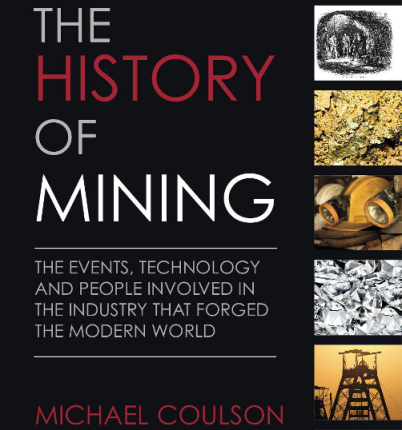Dharamshala: – The environmental researchers of the Central Tibetan Administration (CTA) based in Dharamshala Wednesday said China’s large-scale exploitation of mineral resources in Tibet caused the recent disaster that killed more than 80 Chinese miners.
‘On Friday, 29 March 2013, Chinese state media reported that 83 miners including two Tibetans have been buried after a major landslide hit part of the Gyama (Ch:Jiama) Copper Polymetallic Mine at 6.00 AM local time. As of 4 April, 66 miners have been confirmed dead and 17 are reported missing, believed dead,’ CTA environment desk said in an assessment report of the recent landslide event in the Gyama Valley, near Tibet’s capital Lhasa.
“The workers were reportedly asleep in their tents when they were buried by a mass of mud, rocks and debris, three kilometres wide and 30 metres deep. The landslide occurred in the Pulang Valley in Siphug Village of Tashi Gang Town of Central Tibet,” the report said.
The Tibetan administration said that “Tibet’s rich mineral deposits have become a resource curse for the local residents and ecosystem. Since the late ’60s, these mineral deposits have been exploited in various scales, mostly under poor environmental norms and regulations. As for the minerals extracted, copper, chromium, gold, lead, iron and zinc are the minerals of greatest interest to Chinese and other foreign miners operating in Tibet.”
























